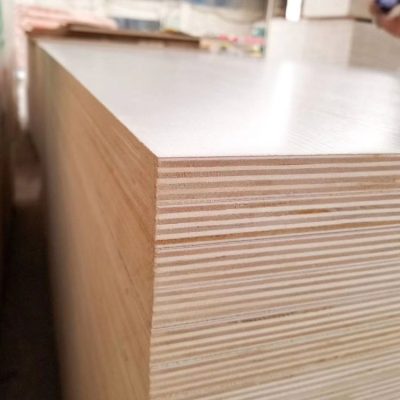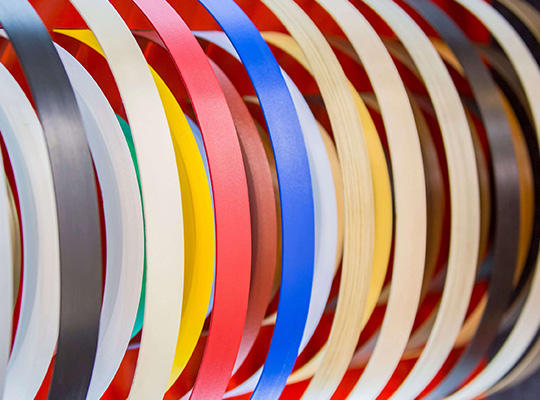Sealing plywood edges is important to protect them from moisture infiltration, which can lead to swelling, warping, and other forms of damage. There are several effective methods and products you can use to seal plywood edges:

- Wood Glue: Wood glue, such as standard PVA (Polyvinyl Acetate) glue, can be used to seal plywood edges. Simply apply a thin layer of wood glue to the edges, spreading it evenly with a brush or roller. Allow the glue to dry completely, and then sand it smooth to create a sealed surface. This method also helps strengthen the edges.
- Wood Filler: Wood filler or wood putty can be used to seal plywood edges. Apply the filler to the edges, filling any voids or imperfections. Once it dries, sand it smooth to create a sealed and even surface. Wood filler can be stained or painted to match the plywood’s finish.
- Edge Banding: Applying edge banding, which is available in various materials like PVC, ABS, wood, or veneer, is an effective way to seal and finish plywood edges. Edge banding is applied using adhesive and can be trimmed and finished to achieve a clean and polished appearance.
- Wood Veneer: You can apply a wood veneer strip to the plywood edges using adhesive. This method provides a natural wood appearance and can be stained or finished to match the plywood surface.
- Wood Sealer: Wood sealers or edge sealers are specifically designed to protect plywood edges from moisture. These sealers penetrate the wood and create a waterproof barrier. Apply the sealer according to the manufacturer’s instructions.
- Epoxy Resin: Epoxy resin can be used to seal plywood edges effectively. Mix the epoxy according to the manufacturer’s instructions and apply it to the edges. It dries to a hard, waterproof finish.
- Clear Polyurethane: Applying clear polyurethane to the plywood edges can seal and protect them from moisture. Apply multiple coats for added protection and durability.

When choosing a method to seal plywood edges, consider the intended use of the plywood and the desired appearance. Some methods, like edge banding or wood veneer, provide a finished and polished look, while others, like wood glue or wood filler, are more utilitarian. Additionally, the choice of sealing method may depend on whether the edges will be visible in the final application.
